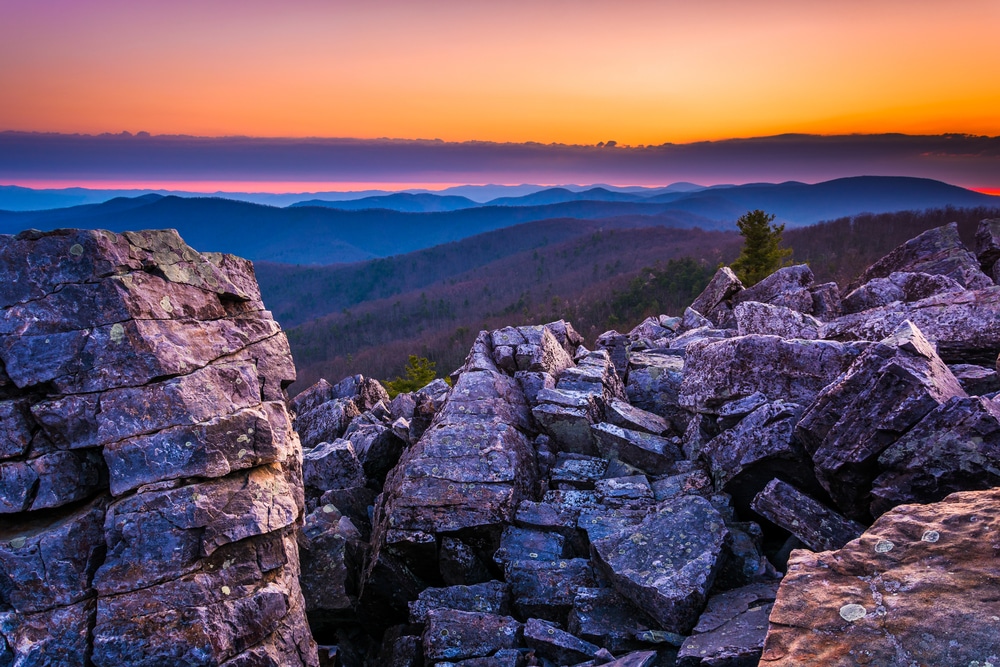In 2022, Virginia’s national parks witnessed a surge in visitors, with over 22.5 million people exploring its scenic beauty. These visitors, both domestic and international, played a pivotal role in boosting the state’s economy, contributing a staggering $1.9 billion, Page Valley News reported.
This influx of tourists didn’t just offer picturesque memories; it translated into tangible economic benefits. The visitors’ expenditure surpassed $1.2 billion, directly supporting local businesses, from quaint bed and breakfasts to bustling restaurants.
The ripple effect of this spending was felt across the state’s job market. A total of 17,662 jobs were sustained due to national park tourism, spanning sectors from hospitality to transportation. This not only provided livelihoods but also strengthened community ties.
Among the gems attracting tourists were the Appalachian National Scenic Trail, Assateague Island National Seashore, and the iconic Shenandoah National Park. Each site, with its unique allure, played a part in drawing visitors and enhancing Virginia’s reputation as a must-visit destination.
On a national scale, the U.S. Department of the Interior’s 2022 report showcased the monumental economic impact of national park visitations. Visitor spending in communities near these parks culminated in a record-breaking $50.3 billion, rejuvenating the nation’s economy.
This national spending supported a whopping 378,400 jobs, mirroring the employment boost seen in Virginia. The lodging and restaurant sectors emerged as the primary beneficiaries, with economic outputs of $9 billion and $4.6 billion, respectively.
Beyond the direct economic contributions, Virginia’s national parks play a crucial role in conserving the state’s natural heritage. These conservation efforts ensure that the pristine landscapes and diverse ecosystems are preserved for future generations.
The indirect benefits of national park tourism are manifold. Local businesses thrive, property values in proximity to the parks see an uptick, and the overall quality of life in these regions improves, attracting new residents and businesses.
The National Park Service’s peer-reviewed analysis offers an interactive tool that delves deeper into these figures. This tool provides insights into visitor spending, its economic effects, and the broader implications for the state and country.
It’s evident that national parks are more than just recreational spaces. They are economic powerhouses, driving growth, supporting jobs, and fostering community development. Virginia stands as a testament to the symbiotic relationship between nature conservation and economic prosperity.
As we look to the future, the continued promotion and preservation of national parks remain paramount. Not only do they serve as sanctuaries for flora and fauna, but they also play a pivotal role in driving economic growth, both at the state and national levels.
Virginia’s national parks, with their breathtaking beauty and rich history, continue to be significant contributors to the state’s economy. Their impact resonates beyond state borders, emphasizing the importance of national parks in shaping the country’s economic and ecological landscape.


